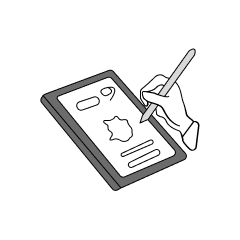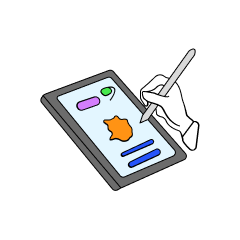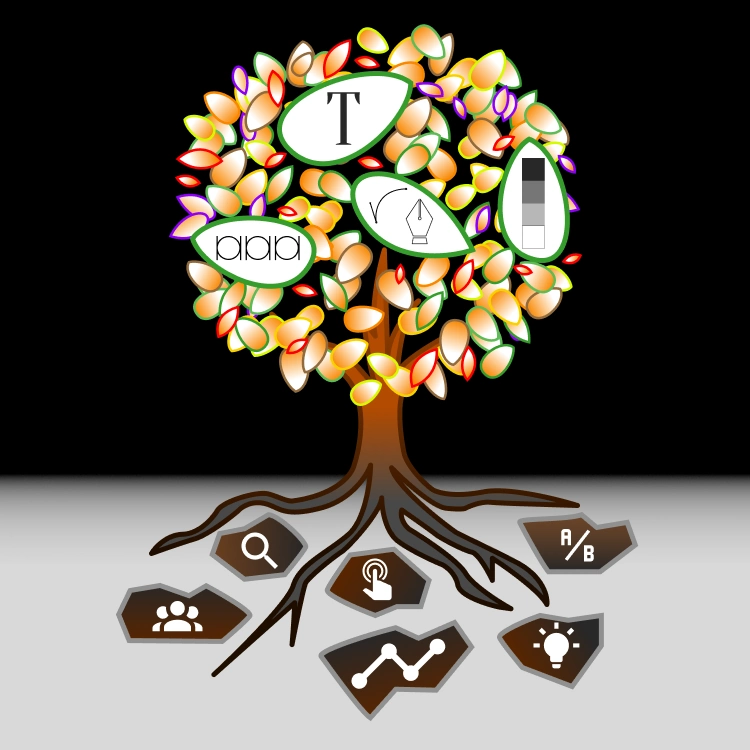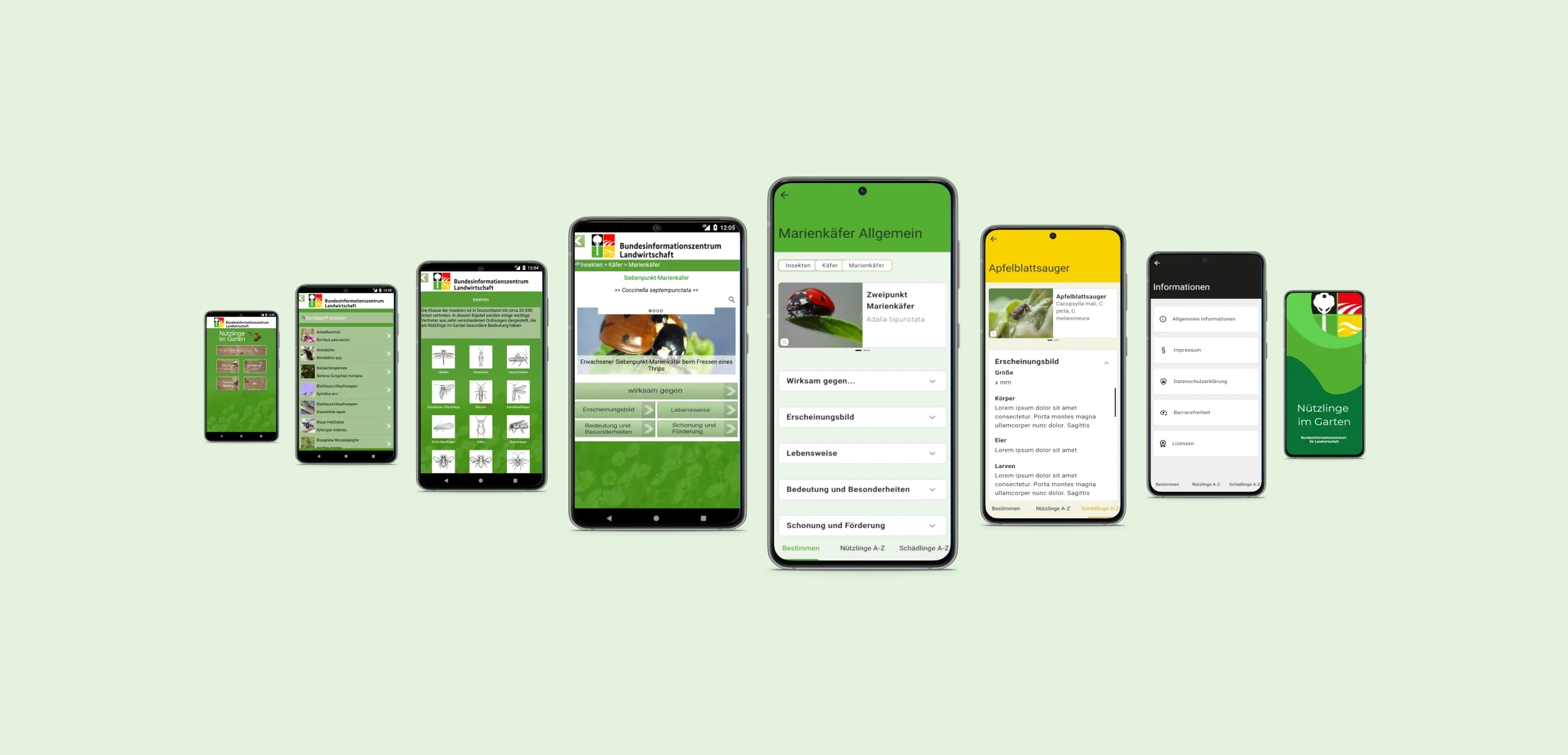
The terms UI design, UX design and usability are often used in the same sentence in connection with the use of digital products.
Good usability, i.e. a good UX, is important to satisfy users. If the UI is also pleasing, then everything is perfect.
But what do all these confusing terms mean? In this blog post, I would like to clarify the differences and correlations in order to create a better understanding.
What is usability
Every day, we humans are surrounded by various technical devices that we can and want to use. From blenders and cars to smartphones and apps, mobile or on the PC at home. We use everything and want to be able to operate every device as easily as possible. Usability comes into play when it comes to utilisation. Usability means suitability for use. The focus here is on how an application can be operated or used. The aim is to ensure that the use of a website or application is effective, i.e. that the tasks to be performed can be completed. However, the task should also be completed quickly and conveniently, i.e. efficiently. The product should be satisfying and fun to use.

Jakob Nielsen, a Danish computer scientist, postulated 10 heuristics for good usability in the early 1990s. They show which points technical systems should fulfil in order to ensure smooth and satisfactory human-computer interaction. In order for people to be able to operate a technical device, a machine or a digital product, an interface between man and machine is required that makes this interaction possible in the first place. This is where user interface design (UI design) comes into play.
What is UI design
The user interface (UI) comprises all elements such as levers or buttons that are required to control and interact with a technical device or digital product. In order to fulfil users' expectations when interacting with such a product, it is important to present the interaction elements in such a way that it is immediately clear to users what action can be triggered with them. In addition to the functionality of the operating elements, the design of the elements used also plays an important role. As the user interface should primarily support users in orientation, navigation and interaction to fulfil their tasks, the design must be minimalist and aesthetic. It is important that the interaction elements used match the respective product and create an appealing overall picture. Colours, shapes, design elements, spacing, icons and images as well as typography therefore play an important role. In UI design, the focus is exclusively on the visual design and presentation of a product. A successful user interface design is partly responsible for the success or failure of a technical device, an app or a website. If a user interface is not designed to meet expectations and is not visually appealing, users will quickly decide in favour of a competitor product that meets their needs and aesthetic sensibilities.The green hue chosen for the background is one of the four brand colors from the logo of the Federal Agricultural Information Center and covers a flower meadow as an overlay, which can be seen hinted at in the lower area.

Users gain experience throughout their contact with a system, product or device. Even before and after use. This is where the scope of user experience design becomes apparent.
What is UX design
UX stands for user experience. Creating an experience depends on many different points and is influenced by many circumstances. The emotional state, environment and motivation play an important role when interacting with a product, software or technical device. This means that experiences are made at all times. The experiences before and after using a product are added to the experiences during use. It is therefore a complete package. However, existing expectations of a product or brand also lead to an initial user experience. If the brand image is positive, this also has a positive effect on the experience. The user experience is also influenced after using an application. If the user can identify with a product, this creates a bond with the company and the product. However, if, for example, the user does not feel well advised or looked after when it comes to a service request, this inevitably leads to a negative user experience.

This shows that experiences are made at all times. User experience is therefore a complete package. A successful user experience can be created when the performance, functionality and design of a product, as well as the service and support, appeal to the user emotionally and fulfil their expectations. Then the UX unfolds its full power and creates feelings such as fun and enjoyment when using the product.
What is the difference between UX and UI design

The roots - UX design
People and their needs are at the centre of UX design. In order to develop a product that supports users in solving tasks or problems, it is important to know the context of use and to analyse the tasks of the target group. By taking their experiences, expectations and habits into account, the interaction with a product can be optimised to suit them. This means working out which functions they need in order to complete their tasks quickly and without errors. As soon as these are clearly defined, ideas for solutions can be developed, continuously tested and corrected. In order to achieve an optimal result, it is essential to involve users in the design process from the outset, as envisaged by the human-centred design process according to ISO 9241-210. In combination with user research methods, analytical methods, observations, tests and empathy, a product can be developed and designed that creates a comprehensive user experience and thus satisfies, convinces and retains users in a holistic manner.
The crown - UI design
The treetop in this graphic shows the UI. All the necessary functionalities and information determined by the UX methodology are aesthetically visualised here. Colours, spacing, typography, icons and much more are arranged in the UI design in such a way that the elements used create a harmonious overall picture, lead visually to the next steps and highlight important information.
To summarise, a successful UX design that inspires users also means successful usability and a successful UI design. All three areas belong together and work together, but on different levels. They cannot really be separated from each other, but their clear distinction is important in order to understand what user experience is and how it is created. After all, the secret of successful applications, products or services lies in the satisfaction of their users. If functions, operation and appearance meet the needs and expectations of users, nothing stands in the way of success.
You like how we approach things?
This blog is supposed to give you a little insight into our everyday business when we take care of design tasks – no matter if we build an app in a full-service-environment or just provide our expertise via EaaS.
Have a look at our design services
Julia Wollfarth
As a UI/UX designer, I am responsible for all topics related to design and user experience. I support our clients with my flair for intuitive user interfaces and charming design and color concepts. In my blogs I will give insights into my work, talk about UI/UX topics and take a closer look at design trends.







